Rimini gets a makeover: the refurbishment of the City Museum
Known to most as a seaside resort and a mythical center of nightlife entertainment, Rimini is also a city with an astounding artistic heritage, which sees its main junctures in the vestiges of ancient Roman times, in the painting of the fourteenth century, in the cultural flowering that took place at the court of the Malatesta family during the Renaissance (and of which the most exalted flower, the Albertian Temple, still stands), in the varied artistic production of a “restless seventeenth century” (to recall the title of a fine exhibition a few years ago). A city that like no other in Italy suffered the consequences of the last world conflict: located at one end of the Gothic Line that, reaching as far as Massa, cut the Peninsula in two for endless months, Rimini lost more than 80 percent of its building fabric to bombing, razed to the ground or irreparably damaged. Despite the destruction and, as was often the case, a reconstruction that was not always commendable, Rimini’s historic center retains notable evidence of the city’s historical and artistic evolution and a fascinating atmosphere, in which more solemn spaces, such as the wide Piazza Cavour (over which watches, in the center, the marvelous bronze Paul V by Nicolas Cordier), and (once) popular narrow streets, such as those of the colorful Borgo San Giuliano, alternate.
The municipal administrations that have governed in recent years have tried and are trying with great stubbornness to reconnect the city with its past and to enhance Rimini’s history and beauty, with a twofold objective: on the one hand, that of improving the livability and pleasantness of the city for its own inhabitants; and with the intention, on the other, of increasing Rimini’s attractiveness as a cultural tourism destination, so that the already considerable influx of visitors is no longer solely linked to the summer season or to the presence of major congressional and trade fair events. The most significant interventions involved Castel Sismondo, reconnected to the city through the creation of a large square surrounding it (and which replaced a parking lot) and became the site of the fine museum dedicated to Federico Fellini; the reconstruction, a short walk away, of the Teatro Galli, which has once again become the site of a vibrant cultural activity; the foundation, inside the Arengo and Podestà palaces, of an exhibition center dedicated to contemporary art, first born under the name of FAR (Fabbrica Arte Rimini) and now becoming PART (Palazzi dell’Arte Rimini); and the arrangement of the green area and the stretch of water over which the beautiful Tiberius Bridge hovers.
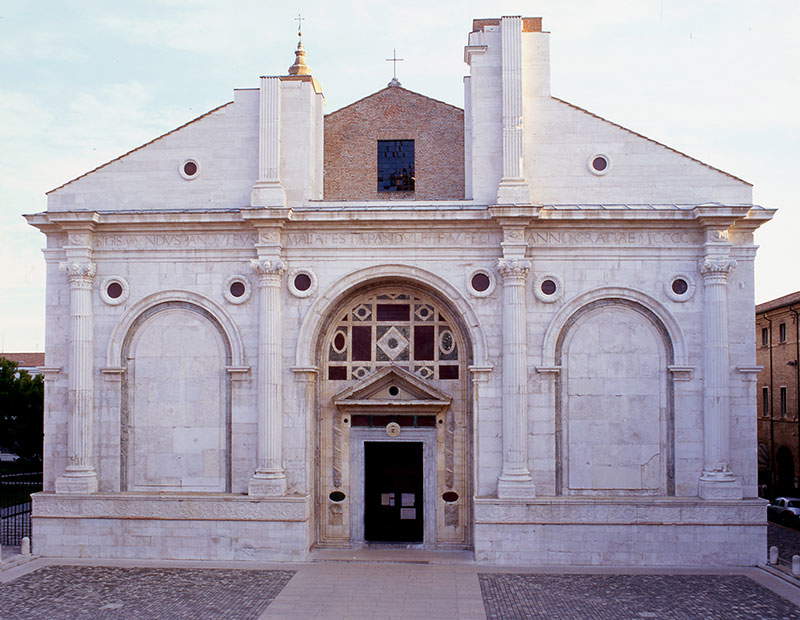
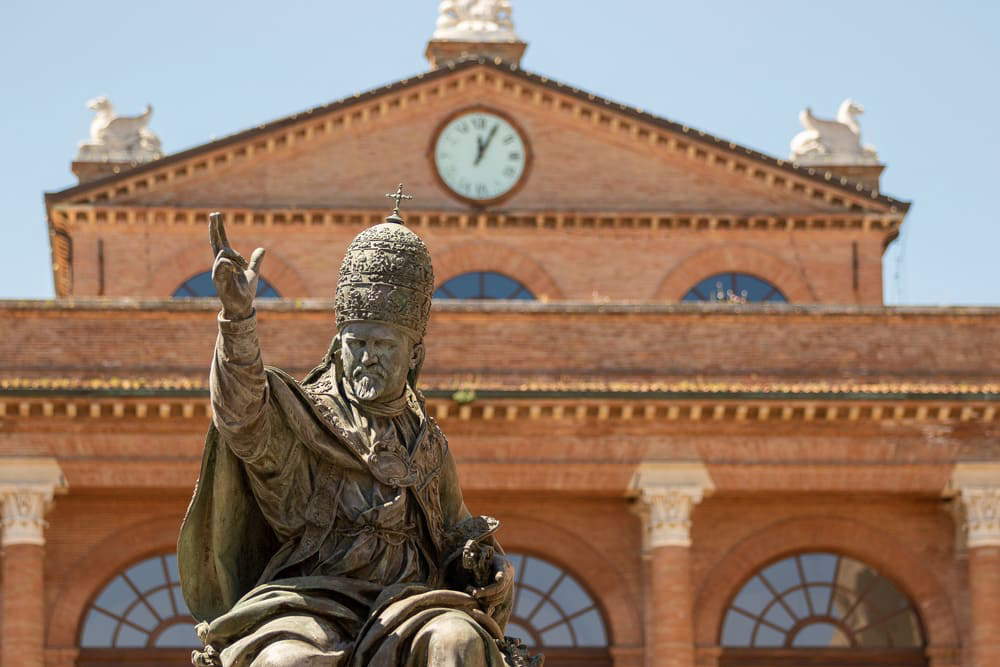
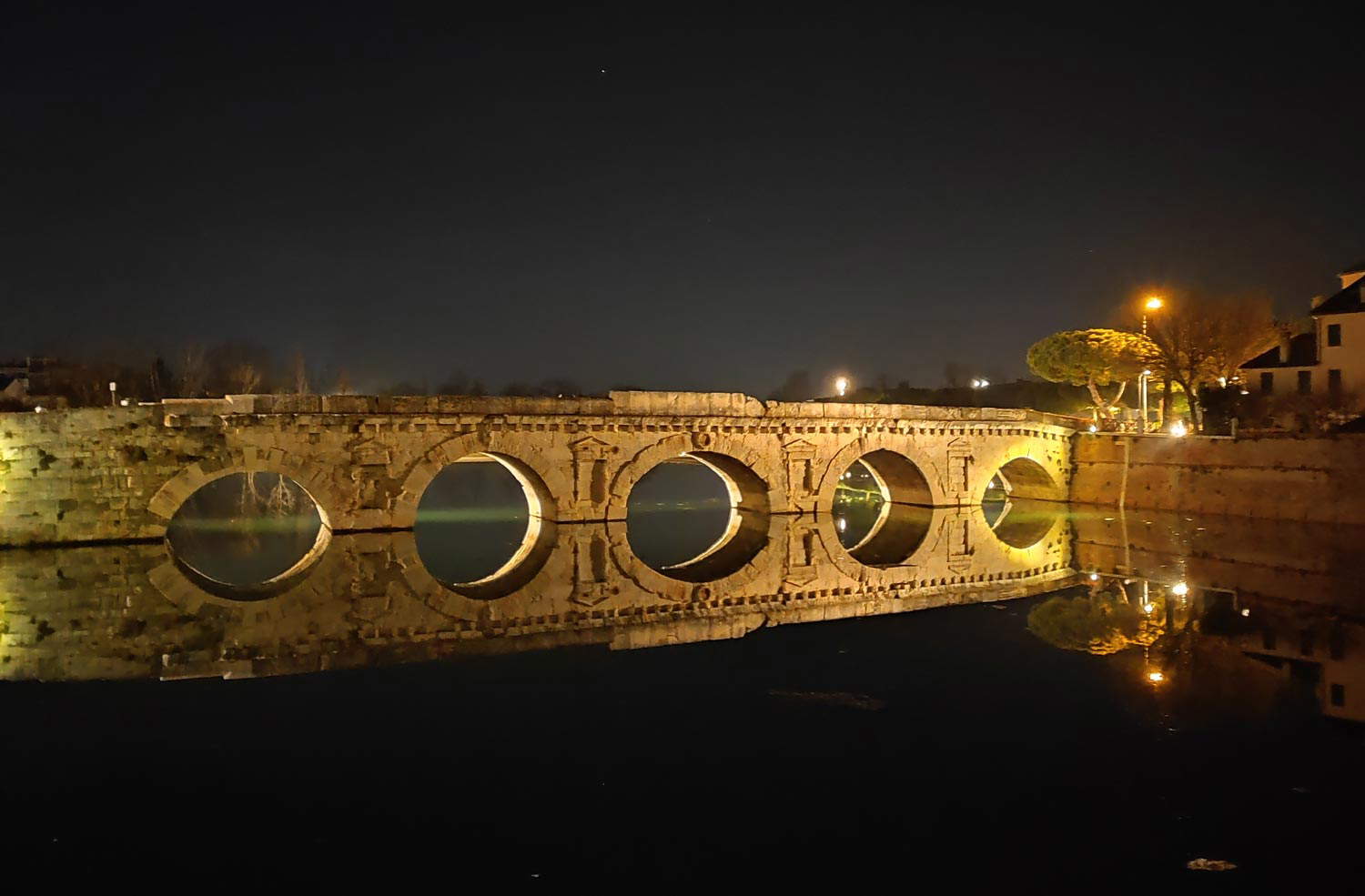
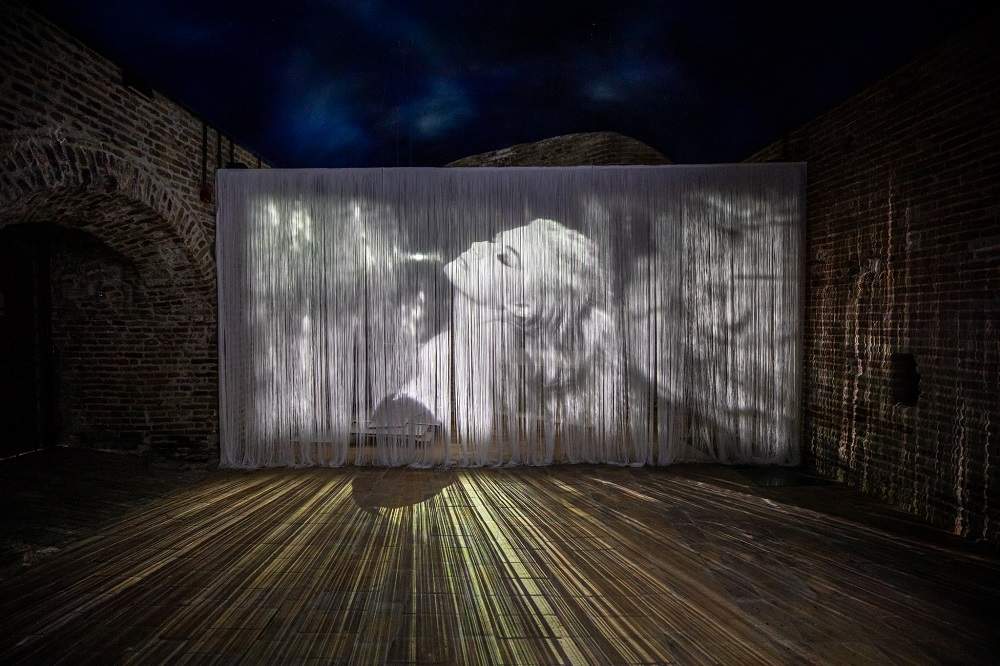
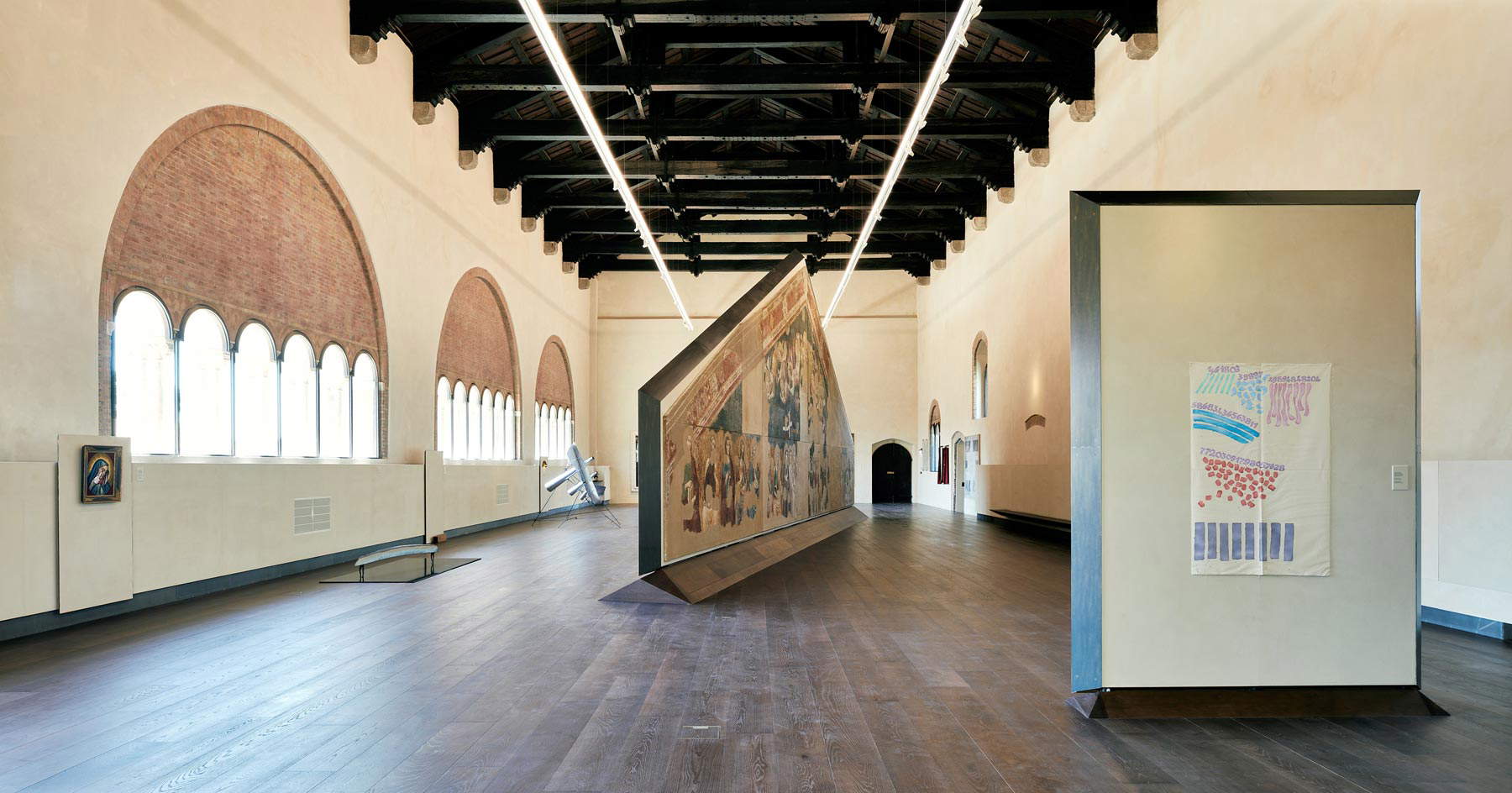
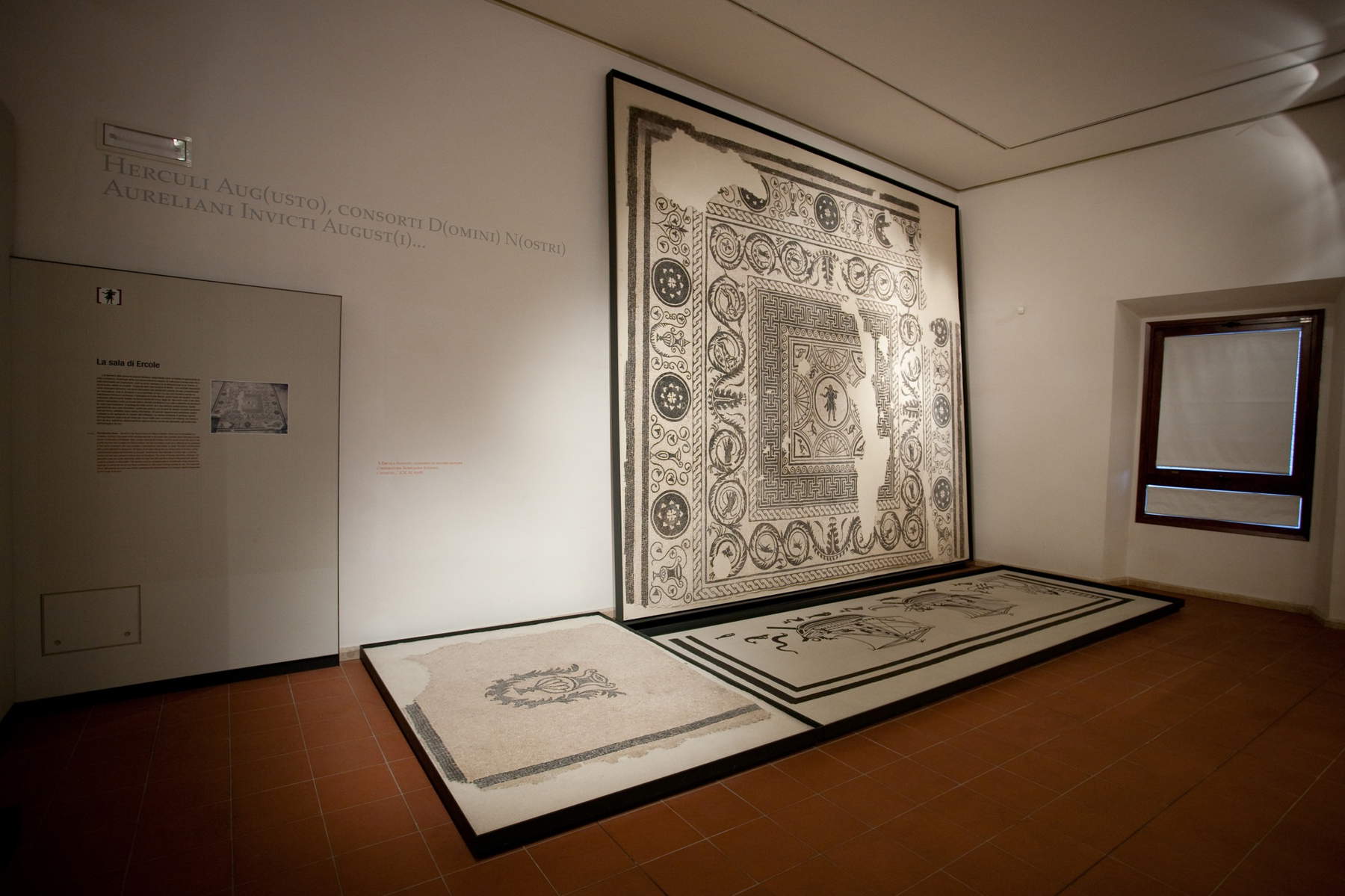
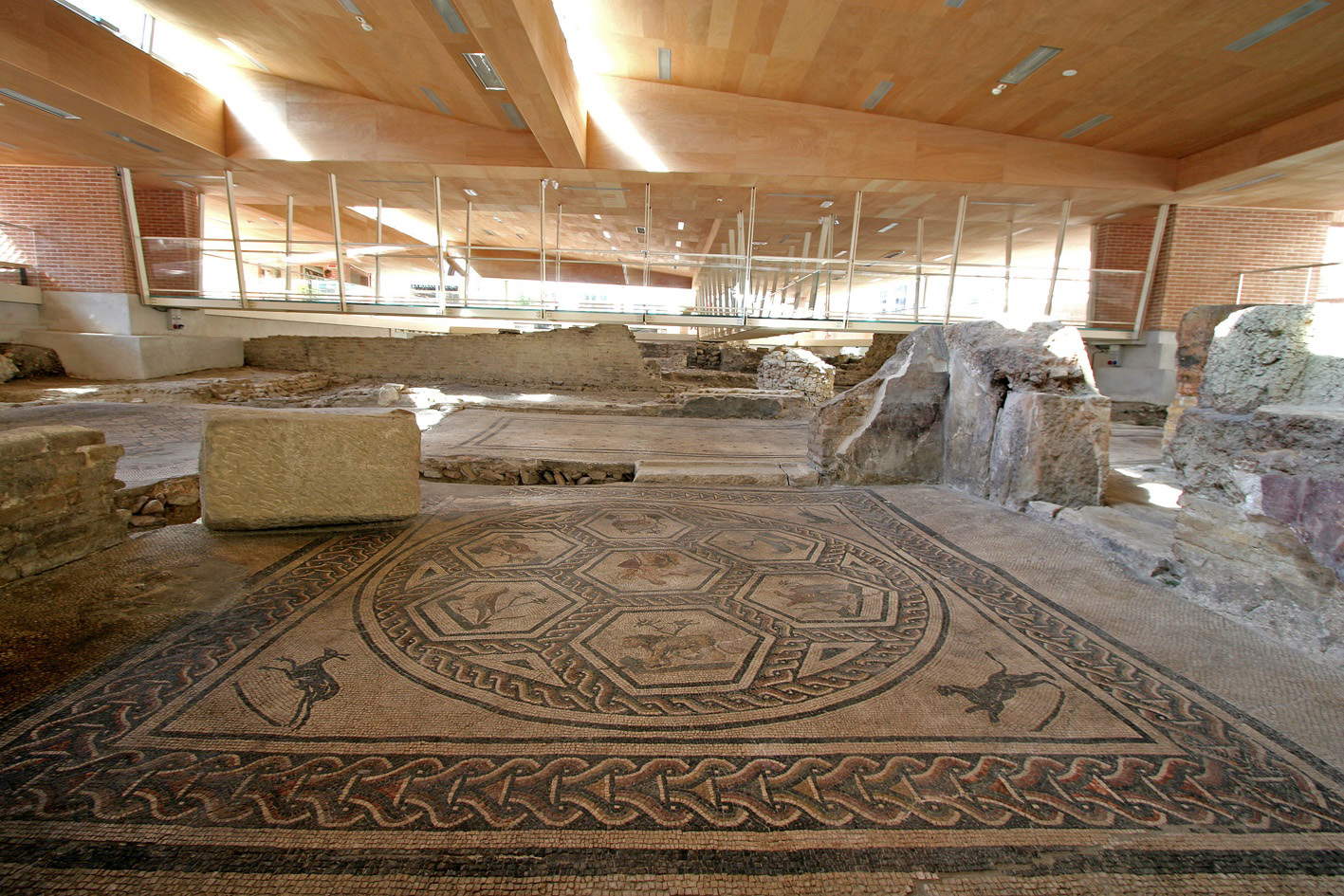
The venerable Museum of the City, which is about to cross the 100-year milestone in 2024, could not escape this flurry of renewal, and in fact has recently embarked on a journey that, within a few years, will profoundly change its appearance and its ability to ’speak’ to visitors. Founded by the great scholar of things Rimini Luigi Tonini (after whom it is named) and housed inside the majestic ’factory’ of the Jesuit college, the museum presents, on the ground floor, a Roman section that is already proposed in a renewed guise, with a functional display of the exhibits and an adequate communication apparatus: it is largely made up of pieces of remarkable quality that testify to the richness of ancient Ariminum, from a series of mosaics to the artifacts found in the nearby Surgeon’s Domus, starting with the large set of surgical instruments that gave the domus the name by which it is known known (a visit to the excavation is recommended, both because of the value of the mosaics still in situ and because it represents a fine example of urban archaeology, with the ancient remains protected by a cover that, for once, does not disturb, but rather integrates with the context). It is a different matter for the later sections, which presented until now a decidedly more ’dusty’ appearance, characterized by the classic paratactic display of the pieces, which were not put in a position to tell a story to the visitor, at least not to the one who did not arrive at the museum with a solid background behind him.
The first tranche of work has already begun and is expected to be completed by 2023: they contemplate the complete refurbishment of the portion of the museum that illustrates the history of Rimini from the early Middle Ages to the Renaissance, for a total of about 1,200 square meters of exhibition space and about 300 works, divided into 13 sections. In the new exhibition itinerary, which will resume the discourse that ends at the end of the Roman section, displaying first and foremost artifacts related to early medieval Rimini, there will be ample space for the narrative of municipal Rimini (the Romagna city was one of the first municipalities inItaly), the illustration of those monuments and symbols of the city that no longer exist, such as the cathedral of Santa Colomba, which will be virtually reconstructed, and then the ferment of the 14th century Rimini, a crossroads of artists and cultures. This will be followed by rooms dedicated to the decades of the Malatesta seigniory. This will be a new layout totally different from before, it will be “a museum layout that looks like an exhibition,” in the words of the museum’s director, Giovanni Sassu: the itinerary will have a very marked narrative thread, and will try to make the exhibits speak by establishing relationships between the objects themselves and between the objects and the city’s historical and artistic context. In short, the intention is to move, as the slogan adopted for the launch of the work states, “From the Museum of the City to the Museum for the City”: a museum that engages the visitor more, and that rightly learns from (good) exhibitions in order to do so.
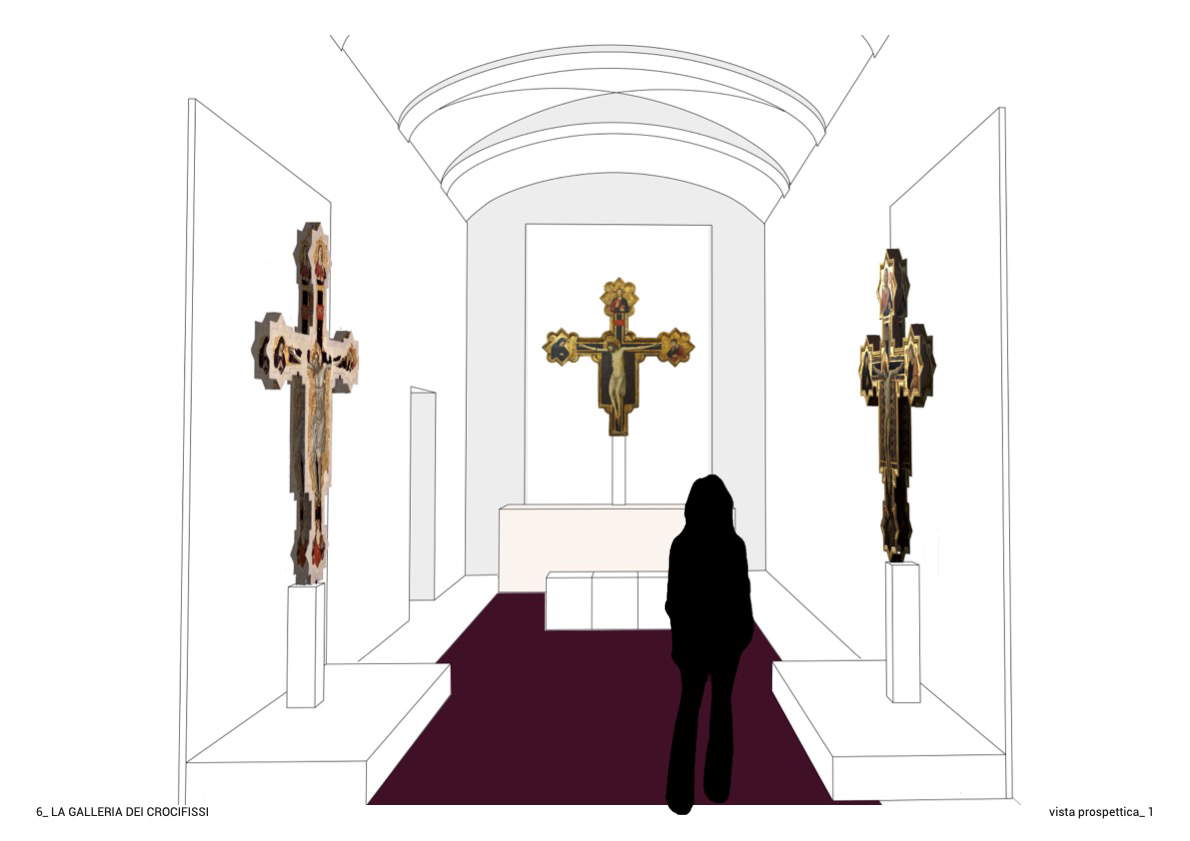
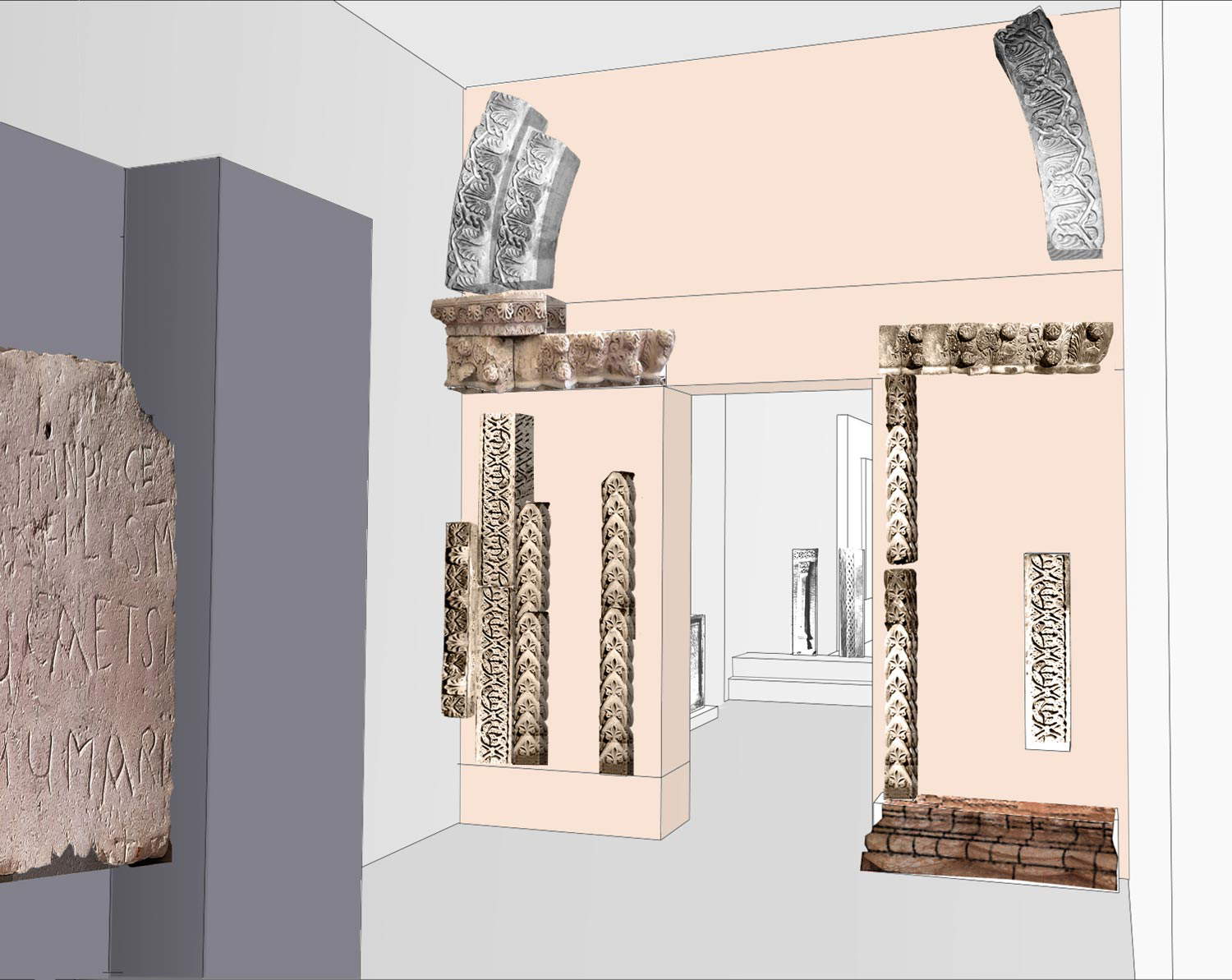 Rendering of the future Museum of the
Rendering of the future Museum of the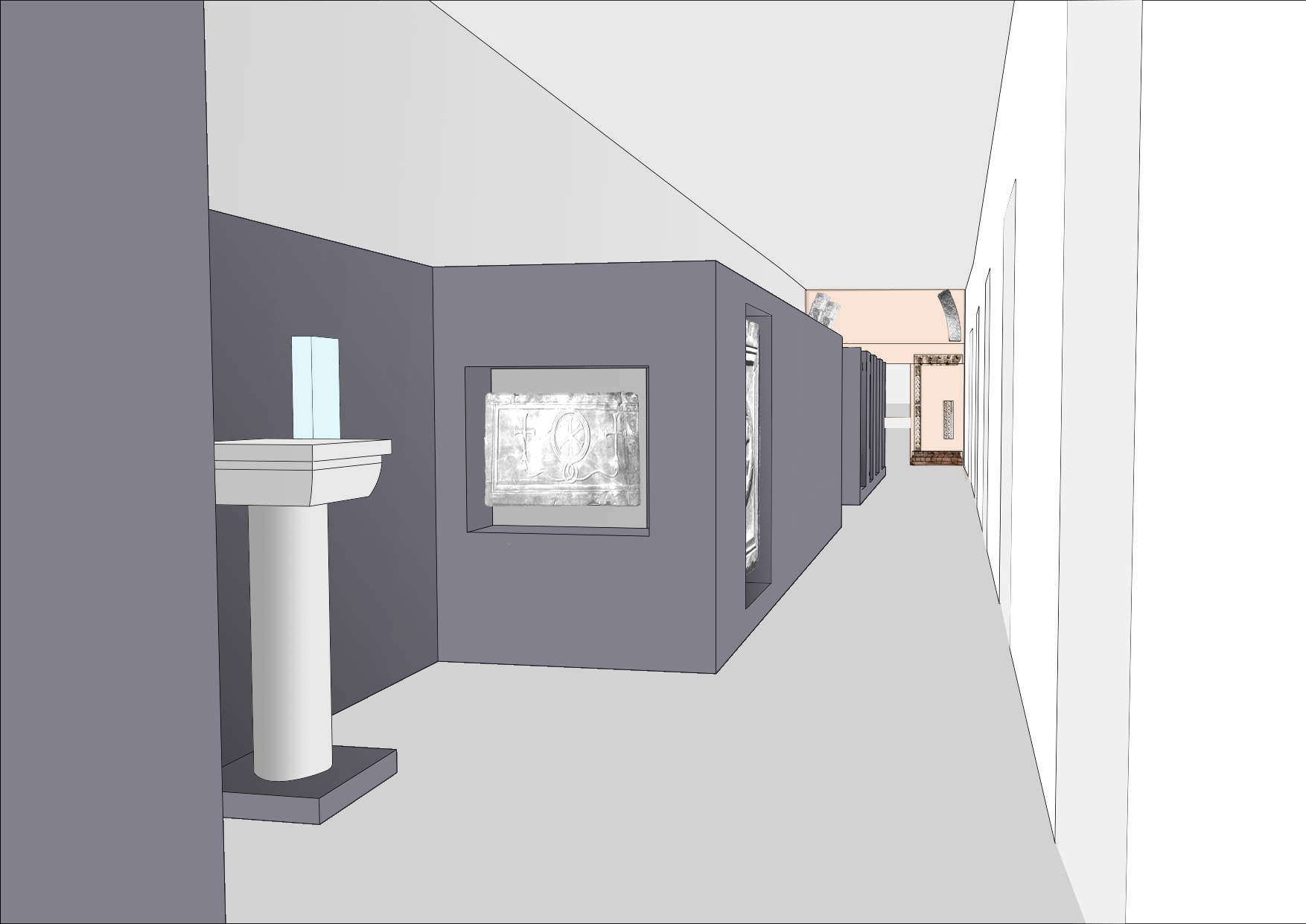 Rendering of the
Rendering of the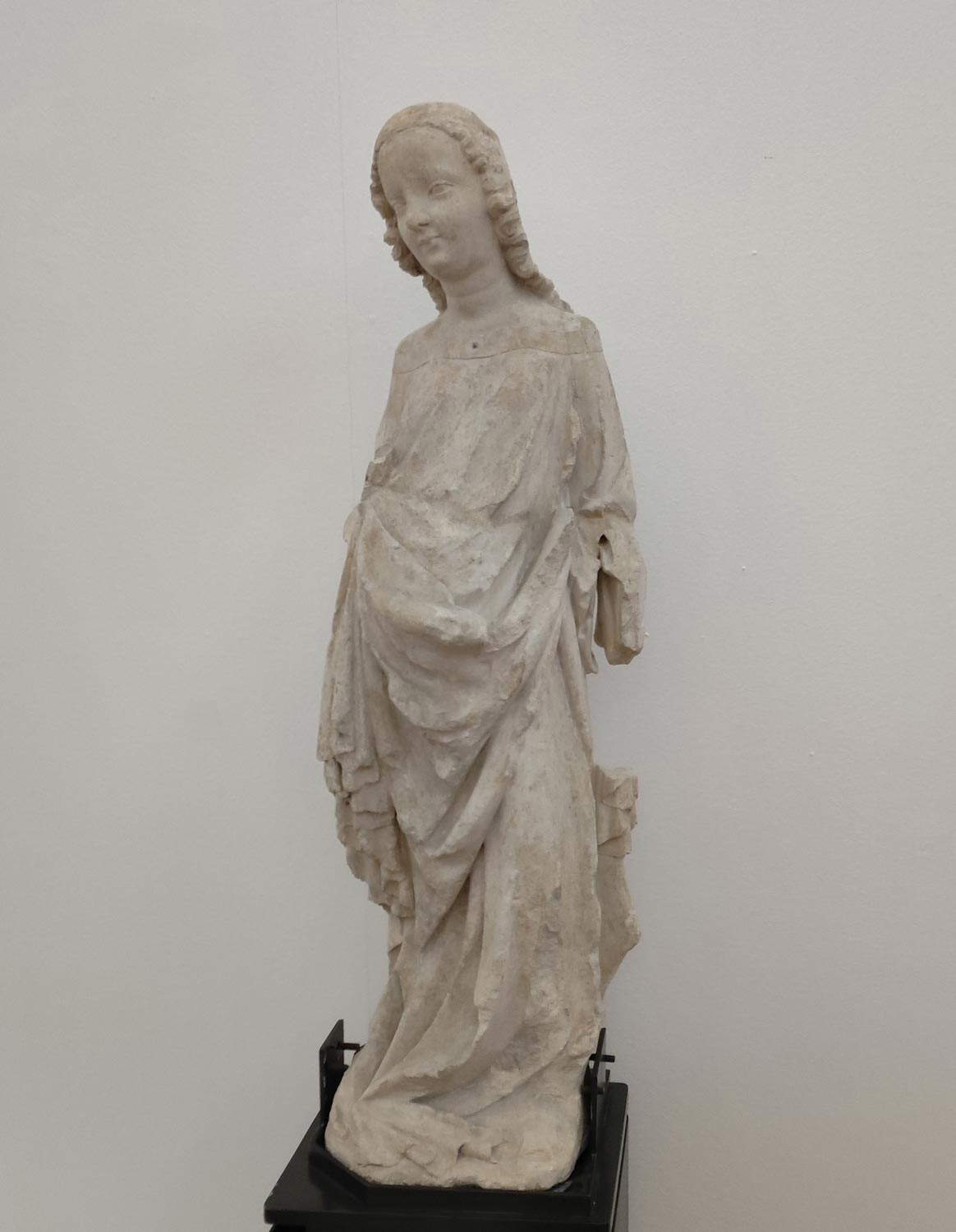
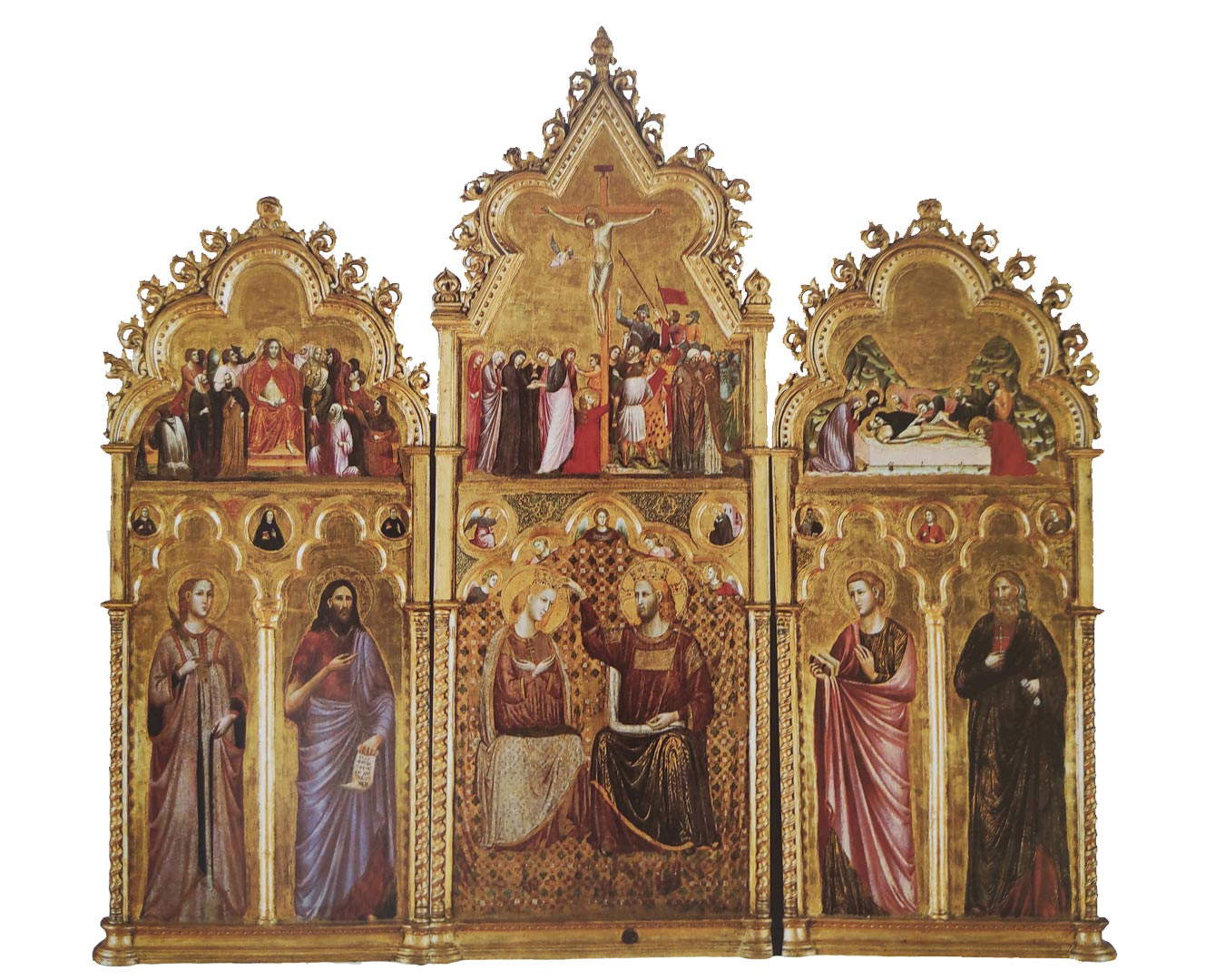
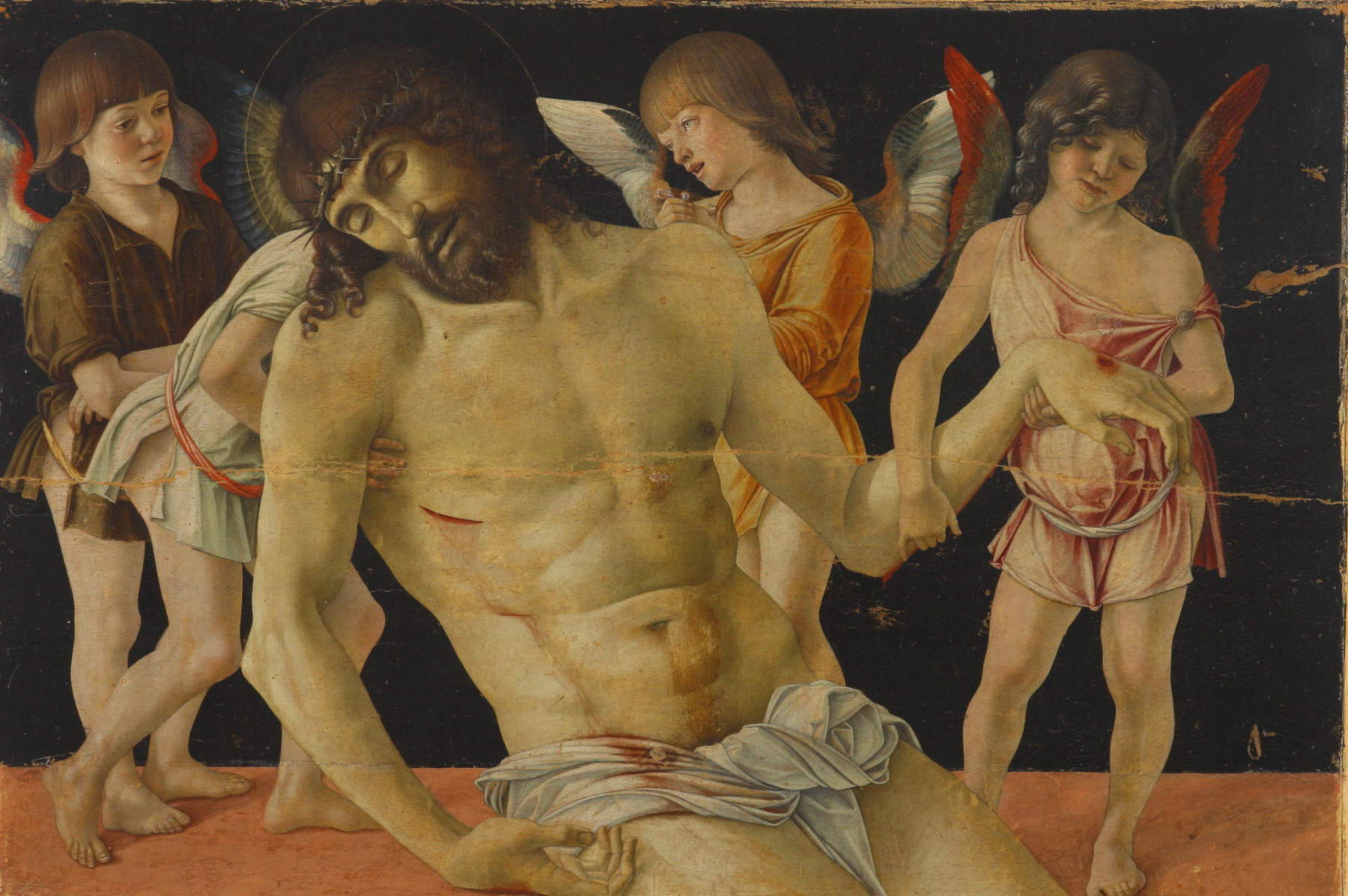
During the works, the museum will not close, except, of course, for the second floor, where the rooms being refurbished are located: the ground floor with the Roman section and the second floor, where works from the seventeenth century (with masterpieces by Reni, Guercino and Cagnacci, among others) and later centuries are gathered, will continue to be open to visitors. In a room on the ground floor, however, a very select representation of the collections affected by the rearrangement has been brought together, with the dual purpose of continuing to make usable some of the museum’s most significant works and to expose visitors to the methods and purposes of the work in progress. Gathered in the small room are a finely carved wooden box from the second half of the 15th century, owned by the Malatesta family and produced in Veneto or Friuli, whose presence is meant to allude to the fact that the new display will have space not only for painting and sculpture, but also for the objects of daily life, that is, the so-called minor arts; a sandstone sculpture from the early 15th century depicting St. Catherine, attributed to the very mysterious Master of theDreicer Annunciation, an artist of Netherlandish, French or German origins, with which it is intended to refer to the European horizon that characterized the artistic and cultural climate of the Malatesta court; a polyptych by Giuliano da Rimini, dating from 1310-1315, with which we witness the varied reaction of local artists to the passage of Giotto, who in Rimini painted a chapel, no longer extant, in the church of San Francesco (later the Malatesta Temple) and a crucifix that is still preserved in the apse of the famous temple. Finally, there is the Museum’s best-known, and most enchanting, painting, Giovanni Bellini’s Pietà, or Dead Christ supported by four angels. We are around 1470-1475, in the years when Bellini fired another of his great masterpieces, the Pesaro Altarpiece: the painter is in an absolute state of grace, and he manages to convey with noble composure the drama unfolding in the scene. Unforgettable are the little angels holding and contemplating the body of Christ: immersed in inconsolable sadness the one on the right, more theatrical in the expression of grief the one in the center, and incredulous the angel on the far left.
The premises for an excellent job to be done are all there. We hope that the work can be completed, as planned, within this year, so that the museum can celebrate its first 100 years, in 2024, with its entire large central portion completely renovated, more understandable and attractive to the visitor. At that point, work can begin on radically redesigning the subsequent sections as well, so that the narrative of the history and art of the city of Romagna can be presented in a compelling way throughout its very extensive development, from its earliest stages to the threshold of the present day.
Warning: the translation into English of the original Italian article was created using automatic tools. We undertake to review all articles, but we do not guarantee the total absence of inaccuracies in the translation due to the program. You can find the original by clicking on the ITA button. If you find any mistake,please contact us.




























